Lakes Around the World Are Rapidly Disappearing
By Patrick J. Kiger, Discovery News, 29 September 2014.
By Patrick J. Kiger, Discovery News, 29 September 2014.
The Aral Sea, that once-magnificent body of water, which stretched for 26,300 square miles, now appears bone dry, except along the edges. But it is just one of several iconic inland bodies of water across the world that are now receding drastically.
1. Aral Sea - Kazakhstan and Uzbekistan
Before: The Aral Sea in 1964.
After: The Aral Sea in 2014. The black lines depict how far the lake’s waters extended in the 1960s.
A few days ago, NASA posted startling satellite pictures of the Aral Sea in Central Asia, once the fourth biggest lake on the planet, which over the past 50 years has been virtually drained as a result of an ill-advised Soviet-era effort to create farms in the desert.
The lake began to recede after Soviet engineers began diverting Amu Darya and the Syr Darya - the region’s two major rivers - to irrigate farms being created in the desert in the 1950s and 1960s. Most of the water ended up being soaked up by the parched ground and wasted. "This is the first time the eastern basin has completely dried in modern times," Philip Micklin, a geographer emeritus from Western Michigan University and an Aral Sea expert, told NASA’s Earth Observatory web page.
2. Poyang Lake - China
Photo: China Dialogue
In China, Poyang Lake, that nation’s largest freshwater lake, also is gradually receding due to drought and water being diverted by the Three Gorges Dam. China Dialogue reports that as the waters vanish, wetlands that provide winter grounds for 87 different bird species, including 98 percent of the population of Siberian cranes, face an uncertain future as a result.
3. Lake Oroumieh - Iran
Photo: AP Photo/Ebrahim Noroozi
In Iran, Lake Oroumieh, which once was among the biggest saltwater lakes on Earth, has shrunk by 80 percent over the past decade due to climate change, expanded irrigation for farms and dams erected on the rivers that supply it. Salt-covered rocks that were once at the bottom of the lake are now exposed on dry desert, the Associated Press reports.
4. Dead Sea - Jordan, Israel and Palestine
The Dead Sea, bordered by Jordan, Israel and Palestine, is in bad shape too, according to Slate. Sink holes are developing around the lake, due to factors including diversion of the Jordan River for drinking water and chemical companies removing valuable minerals from the water, causing surface levels to recede by 30 to 40 percent.
5. Cachuma Lake - California, USA
In California, Cachuma Lake, a major source of water for people in the Santa Barbara area, also is rapidly shrinking, due to the effects of drought and water demand, the LA Times reports.
6. Lake Waiau - Hawaii
Photo: USGS
In Hawaii, Lake Waiau has declined to only 2 percent of its normal water level over the past five years, according to the USGS. Scientists are still searching for an explanation.
More:
See also:
1. Watch One of the World's Biggest Lakes Literally Dry Up in One Disturbing GIF
2. PHOTOS: Five of the World's Lakes at Risk of Drying Up Completely
1. Watch One of the World's Biggest Lakes Literally Dry Up in One Disturbing GIF
2. PHOTOS: Five of the World's Lakes at Risk of Drying Up Completely
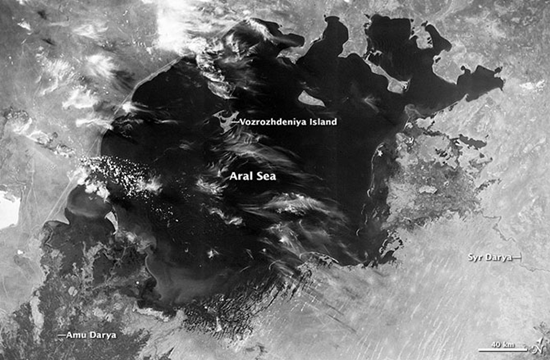
![wps15C5.tmp[6] wps15C5.tmp[6]](http://lh4.ggpht.com/-r2SHe51XiXM/VCuxRfnzKkI/AAAAAAACveE/LDE-US_NLK4/wps15C5.tmp%25255B6%25255D_thumb%25255B2%25255D.png?imgmax=800)
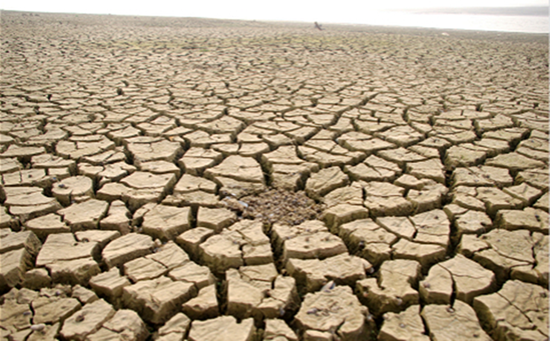

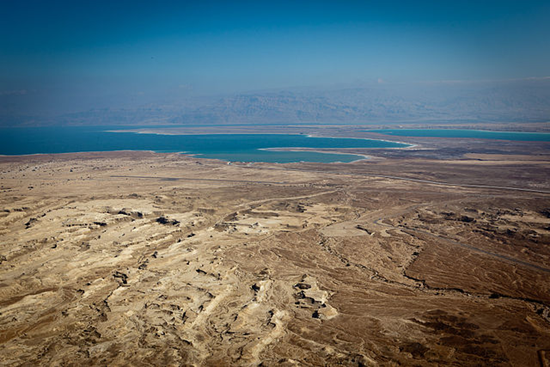
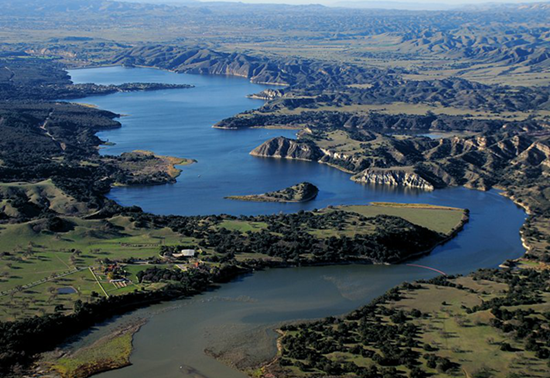
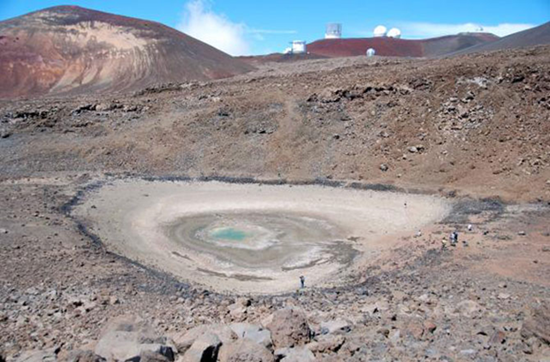
No comments:
Post a Comment
Please adhere to proper blog etiquette when posting your comments. This blog owner will exercise his absolution discretion in allowing or rejecting any comments that are deemed seditious, defamatory, libelous, racist, vulgar, insulting, and other remarks that exhibit similar characteristics. If you insist on using anonymous comments, please write your name or other IDs at the end of your message.